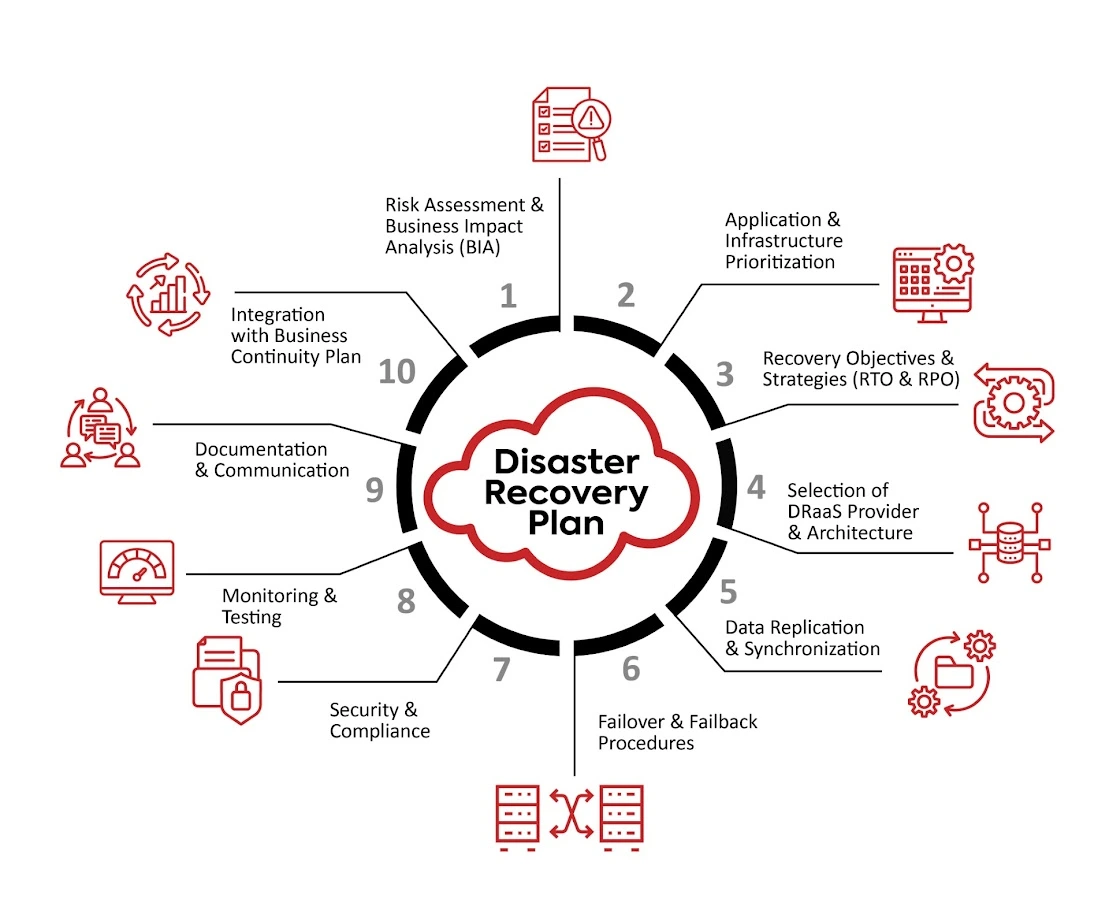Over the past few years, I’ve had countless conversations with IT leaders who share a common concern:
“Are we truly prepared for a disaster, not just technically, but operationally?”
It’s a fair question. Because disasters today don’t always look like floods, fires, or earthquakes. Increasingly, they look like ransomware lockouts, misconfiguration, insider breaches, or even a failed software patch that corrupts critical data.
However, the truth is that most organizations aren’t prepared for such a disaster.
- 72% experienced ransomware attacks over the previous year, and the average cost to recover (excluding ransom payments) was $4.5 million – IT Pro.
- The average cost of downtime is now estimated at $9,000 per minute – Gartner.
- 84% of enterprises have suffered unplanned downtime in the past 24 months –IDC.

By Prabir Kundu
AVP, Pre Sales and Cloud Platform Management Services Path
 It’s Not Just About Backups. It’s About Business Continuity.
It’s Not Just About Backups. It’s About Business Continuity.
There’s a key difference between backing up your data and protecting your business.
🗸 Backups help you recover what was lost.
🗸 A resilient DR solution ensures you never go offline in the first place.
The cost of interruption is often far higher than the cost of data loss itself.
To prevent data loss, businesses should:
- Use cost-effective backups (e.g., cloud storage, DRaaS)
- Create a recovery plan for critical data and systems
- Store backups securely off-site
- Partner with a disaster recovery service provider
- Implement hybrid backups (On-premises + cloud)
What to Look for in a Modern DR Solution
When evaluating a disaster recovery platform, flexibility and simplicity are key. Look for solutions that offer:
- Unified Platform: One platform for end-to-end data mobility and protection, unifying backup, DR, sync, and migration across all environments.
- Broad Compatibility: Works with physical, virtual, and cloud systems, without being locked to a vendor.
- Any App, No Rewrites: Protect all applications and data. No customization or code changes are required.
- Customizable Recovery: Tailor your RTOs, RPOs, and DR costs to match your business needs.
- Smart Provisioning: Avoid unnecessary compute costs with dynamic server provisioning at the time of failover.
- One-Click DR Testing: Automate testing and slash manual effort and cost by up to 80%.
- Policy-Based Protection: Prioritize critical workloads and data with selective sync controls.
The right Disaster Recovery (DR) and Business Continuity Plan (BCP) does more than just recover from disruptions; it proactively defends against ransomware and encryption-based attacks by:
- Maintaining immutable, air-gapped backups
- Enabling rapid rollback to clean snapshots
- Testing recovery workflows regularly to avoid surprises
My Final Thoughts:
Disaster Recovery (DR) is no longer just a backup plan, it’s a core business resilience strategy that must be integrated, automated, continuously tested, and designed to combat modern threats like ransomware and cloud outages.
Relying on outdated or traditional DR methods? It’s time to rethink. Choose platforms that offer cross-cloud flexibility, ransomware-proof recovery, and non-disruptive failover to keep your business always-on.
Want to know if your DR strategy is ready for modern threats?
Start your DR readiness assessment today!